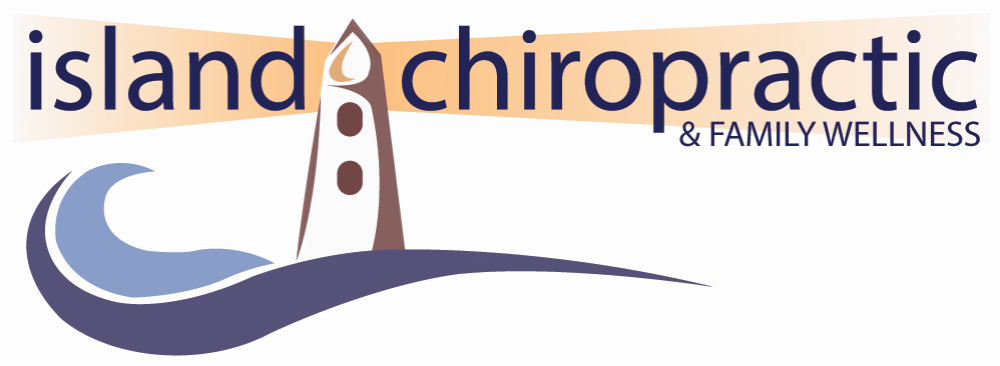A 2023 Systematic review published in The journal of Osteoarthritis and Cartilage found
1. Exercise as First-Line Care:
All three guidelines considered exercise therapy as a first-line treatment for hip and knee OA.
Exercise was strongly recommended in all six guidelines, for both hip and knee OA.
2. General Recommendations:
Four guidelines recommended that all individuals with hip and knee OA should exercise, regardless of factors such as pain, age, or disease severity.
A fifth guideline encouraged people to stay active, but this was less specific than recommending exercise.
3. Types of Exercise:
Strengthening exercises were consistently recommended across all six guidelines, emphasizing their importance in managing OA symptoms.
Aerobic fitness exercises were recommended by five guidelines, supporting the idea that overall cardiovascular health can benefit individuals with OA.
4. Uncertainty Around Exercise Types:
Two guidelines reported insufficient evidence to recommend a specific type of exercise over another.
Five guidelines offered general recommendations like “exercise” or “structured exercise programs,” but did not specify which types of exercises (e.g., strength, aerobic, flexibility).
5. Mode of Delivery:
There was a lack of details in the guidelines about how exercises should be delivered, or who should be referred to an exercise professional for guidance.
Enter the GLA:D program!
The GLA:D (Good Life with OsteoArthritis in Denmark) program is a well-researched, structured exercise and education program specifically designed to help people manage hip and knee osteoarthritis (OA). It's been shown to be highly effective, and here's why it works:
1. Evidence-Based Exercise Approach
The GLA:D program is based on the latest evidence about exercise therapy for OA. Research has shown that:
Strengthening exercises help improve muscle function around the affected joints (the hip or knee), providing better support and reducing strain.
Neuromuscular training improves coordination and reduces pain by helping the brain and muscles communicate more effectively.
Aerobic exercises such as walking or cycling improve overall joint health, circulation, and fitness.
The program combines strength, balance, and mobility exercises into a structured plan designed specifically for people with OA. These exercises help slow down the progression of OA and reduce pain over time.
2. Personalized Approach
One of the key reasons why GLA:D works is that it’s tailored to each individual's abilities and needs.
The program starts with an assessment, ensuring that exercises are suitable and manageable for each person, regardless of disease severity.
Exercises are then progressively intensified to improve function and strength without risking injury.
3. Education Component
GLA:D also includes a comprehensive education component that empowers participants to:
Understand how OA works in their body and what they can do to manage it.
Learn about pain management techniques, joint protection strategies, and the importance of staying active.
Gain insight into lifestyle factors, such as maintaining a healthy weight and incorporating physical activity into daily routines.
This education helps individuals better understand their condition and make long-term lifestyle changes.
4. Focus on Long-Term Results
The GLA:D program is not a quick fix. It’s designed to produce sustainable, long-term improvements in joint function and quality of life.
Participants report a reduction in pain and improved function, which can make everyday activities easier and more enjoyable.
The program encourages consistent exercise as part of a long-term strategy, helping individuals make exercise a part of their routine even after completing the program.
5. Clinician-Led Guidance
The program is typically led by physiotherapists or trained exercise professionals, ensuring that participants receive expert guidance and motivation throughout their journey. This professional support:
Ensures exercises are done correctly to prevent injury.
Provides encouragement and adjustment of exercises based on individual progress.
6. Proven Effectiveness
Studies have shown that participants in the GLA:D program experience:
Reduced pain: The combination of education and exercise helps reduce the pain associated with OA.
Improved physical function: Strengthening and aerobic exercises improve joint mobility, balance, and overall function.
Improved quality of life: People report feeling better, more active, and able to participate in daily activities with less discomfort.
Research has found that the program can significantly reduce the need for medication and, in some cases, delay the need for surgery.
Summary: Why GLA:D Works for OA
Structured and evidence-based exercises (strengthening, balance, and aerobic activities).
Tailored to individual needs, ensuring it's manageable and progressive.
Education to empower and inform participants on managing their condition long-term.
Clinician-guided approach ensures safety and effectiveness.
Proven to reduce pain, improve function, and enhance quality of life.
By combining all these elements, the GLA:D program offers a comprehensive, sustainable approach to managing hip and knee osteoarthritis, helping individuals stay active and enjoy life with less pain.
The next GLA:D Hip and Knee program session is stating soon! Call us at 902-270-7022 to register!
References:

